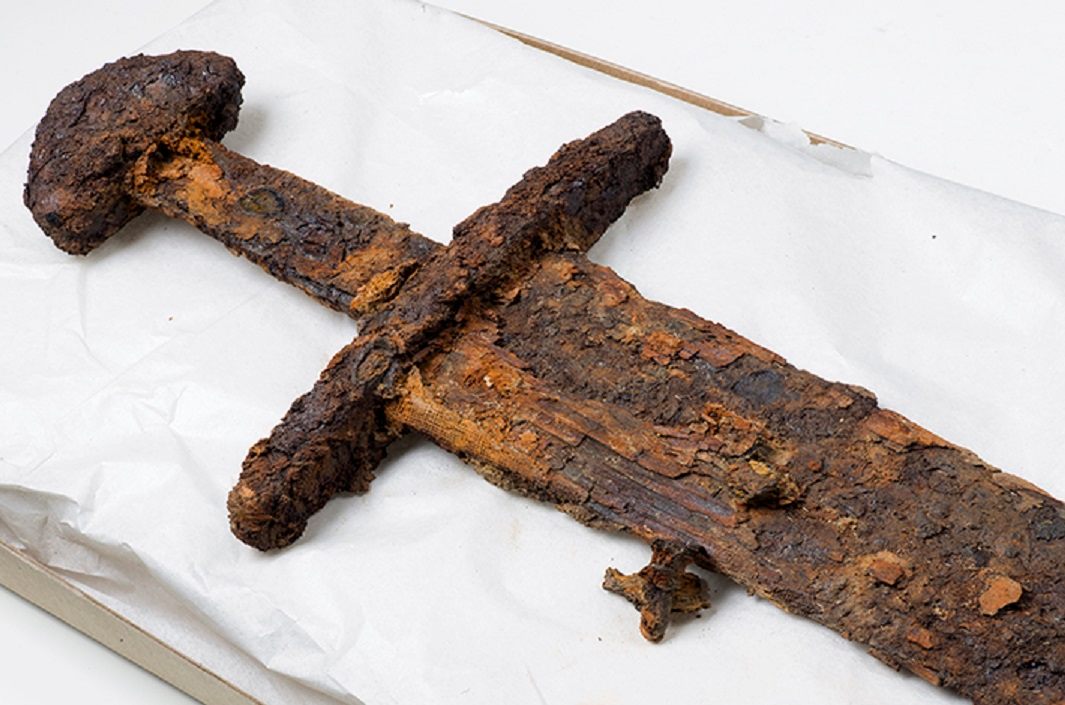Were Vikings All Show?
Some of their swords were made for looks, not for battle.

In the history of warrior cultures around the world—from Spartans to Mongols to Japanese samurai (don’t sleep on the Scythians, by the way)—few have maintained their martial swagger in the modern world as well as the Vikings, who raided and traded their way across Europe between the 8th and 11th centuries. Years of archaeological discoveries have provided a richer picture of Viking culture and economics, which weren’t all mead and pillaging and horned helmets that never actually existed. A new study from scientists in Denmark shows that Viking weapons also might not have been what they initially appeared to be.
Vikings used a range of weapons, among them swords, which were costly to make and therefore highly coveted and passed down within families. Some 2,000 swords have been found, and the Danish researchers examined three in unprecedented detail. For the first time they used neutron diffraction, which is like an X-ray but penetrates deeper into materials, on the blades and found that they were probably unfit for battle.

“This is the first study which allowed us to virtually ‘slice’ Viking swords, showing how different materials have been combined together,” Anna Fedrigo, a materials scientist at the Technical University of Denmark, told Live Science. They found from the scans that Vikings used a technique called pattern-welding to make their swords, and they appear to have been made more for looks than strength or durability. These swords came from later in the Viking Age, so by that time raiding may have declined in importance, and swords may have been considered symbols of power, rather than tools of it.



Follow us on Twitter to get the latest on the world's hidden wonders.
Like us on Facebook to get the latest on the world's hidden wonders.
Follow us on Twitter Like us on Facebook